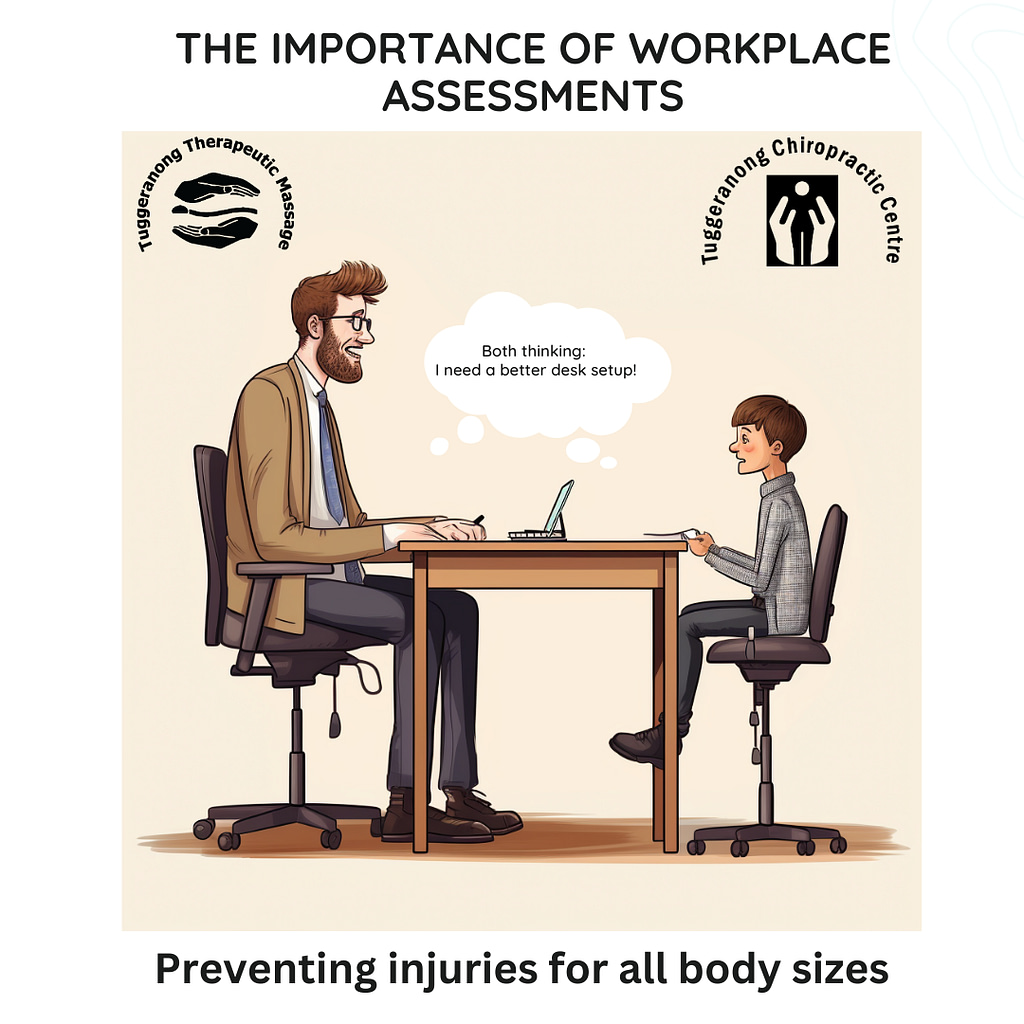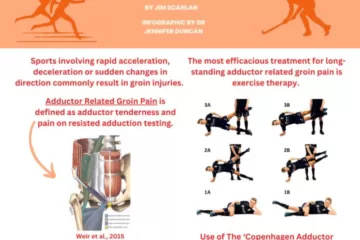
Today, we’re diving into a topic that’s close to our hearts and backs – ergonomics and the importance of a good desk setup. Whether you’re tall, short, or somewhere in between, this is a topic that affects us all. Let us not pretend that it does not matter. So, let’s get started!
What is Ergonomics?
Ergonomics is the science of designing and arranging things people use so that the people and things interact most efficiently and safely. In simpler terms, it’s about making your environment fit you, not the other way around. This is especially important when it comes to your workspace. It may seem obvious that people come in different sizes, and shapes and have different considerations. Why should our environment not be flexible to meet these unique demands?
Why is Ergonomics Important?
Sitting at a desk for hours on end can lead to a host of health problems, from back and neck pain to repetitive strain injuries. But with a few ergonomic tweaks, you can make your workspace a lot more comfortable and healthier.
The Perfect Desk Setup
So, what are a few tips to conisder for an ideal desk setup? Here are a few key points to consider in general for most people:
- Chair: Your chair should be adjustable, allowing your feet to rest flat on the floor and your knees to be level with your hips. The backrest should support your lower back, and your elbows should be able to rest comfortably at your sides.
- Desk: Your desk should be at a height that allows your elbows to be bent at a 90-degree angle when typing. If you’re taller or shorter than average, you might need to adjust your desk height accordingly.
- Monitor: Your monitor should be at eye level, about an arm’s length away. This helps to prevent neck strain and eye fatigue.
- Keyboard and Mouse: Your keyboard and mouse should be close together and on the same surface. Your wrists should be straight when typing or using the mouse.
Ergonomics for All Sizes
Remember, one size does not fit all when it comes to ergonomics. People of different sizes will have different needs. For example, a taller person might need a higher desk or a footrest, while a shorter person might need a lower chair or a keyboard tray. Don’t be afraid to experiment and find what works best for you.
The Importance of Desk Assessments
A desk assessment, also known as a workstation assessment, is an evaluation of a person’s workspace to ensure it’s ergonomically sound. This means checking everything from the height of your desk and chair to the position of your monitor and keyboard.
Desk assessments are vital for several reasons:
- Health and Safety: A poorly set up desk can lead to physical discomfort and health issues over time, including back pain, neck strain, and repetitive strain injuries. A desk assessment can help identify and correct these issues before they become serious problems.
- Productivity: An ergonomically correct workspace can also boost productivity. When you’re comfortable and your workspace is optimised, you’re likely to be more focused and efficient. Poor ergonomics and aches and pains can lead to an inefficient worker and a condition called absenteeism – which is when your worker is present physically but not mentally, due to discomfort amongst other reasons which renders them inefficient. Neither employee or employer is having a good time in this situation.
- Comfort: Simply put, an ergonomically sound workspace is a more comfortable workspace. And who doesn’t want to be comfortable while they work?
Whether you’re working in an office or from home, a desk assessment is essential. Many companies offer desk assessments as part of their health and safety initiatives. If yours doesn’t, it’s worth asking about it. For those working from home, a desk assessment is just as important.
The Risks of a Poor Desk Setup
A poor desk setup can lead to a variety of health issues. Here are some of the most common ones:
- Back Pain: Sitting for long periods without proper support can put a lot of strain on your back, leading to pain and discomfort.
- Neck Pain: If your monitor is too high or too low, you might find yourself craning your neck to see it, which can lead to neck pain over time.
- Repetitive Strain Injuries: These are injuries caused by repeated movements. They’re common in people who use a mouse or keyboard for long periods.
- Eye Strain: If your monitor is too close or too far away, or if it’s too bright or too dim, it can cause eye strain.
- Wrist injuries/Carpal Tunnel Syndrome: This is a condition that affects your hand and wrist and can cause pins and needles or numbness. It can be caused by repetitive movements, like typing.
Prioritise Your Health
Now that you know the importance of ergonomics and a good desk setup, it’s time to put that knowledge into action. Make those necessary adjustments to your workspace, and remember to take regular breaks to stretch and move around. Seek help if you need it!
Chiropractic and massages can help in maintaining your health, and reducing aches and pains such as neck pain, back pain, and other joint pain especially if you’re dealing with the stress and strain of long hours at a desk. At Tuggeranong Chiropractic Centre and Tuggeranong Therapeutic Massage, we offer a range of services designed to help you feel your best.
We also understand the importance of a good desk setup, and we’re here to help. If you’re unsure about your workspace ergonomics or need assistance with obtaining a desk assessment, don’t hesitate to reach out.
Book your appointment today and let us help you take care of you!
Until next time, stay healthy and happy!
Book Your Appointment Now or call 02 6292 1092 and get in touch with our team today.


